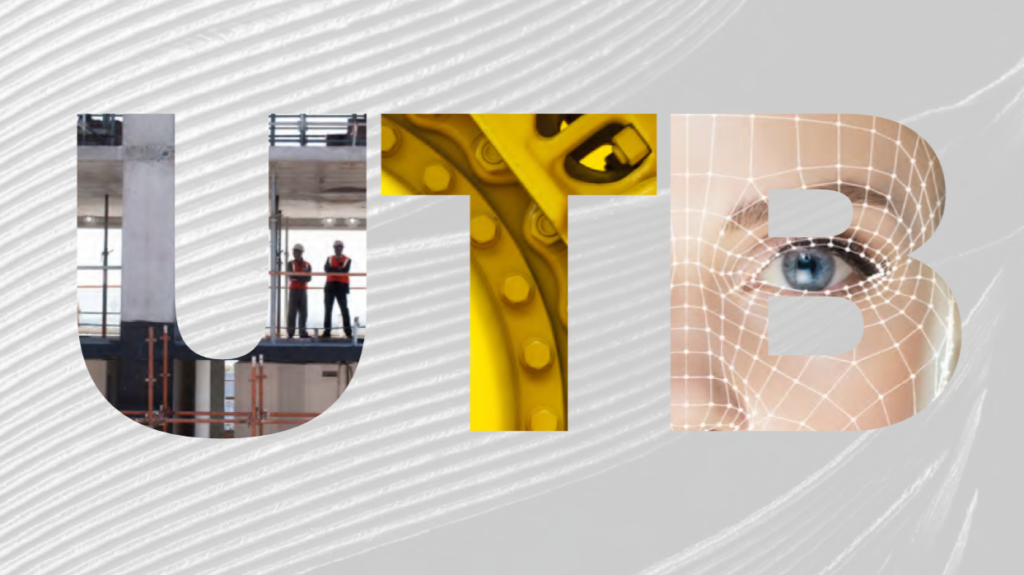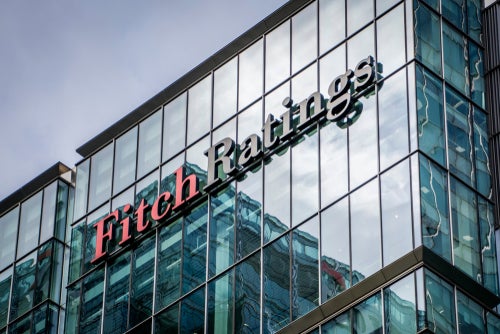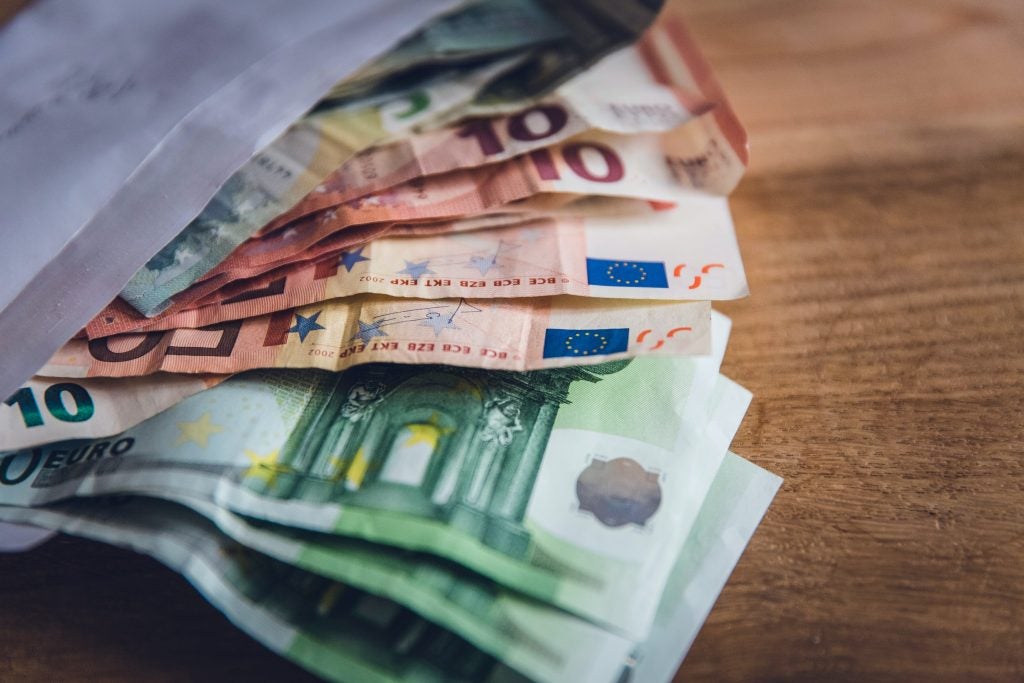there are expectations of a slowdown, as these year end 2007
results from five European countries reveal
POLAND
Good times continue
Poland continues to out-perform in leasing
markets
As one of the most mature leasing markets in the Central and
Eastern European region, Poland appears to have surpassed
expectations for 2007, recording a 48.1 per cent increase in
new-business volume on 2006 compared with approximately 17 per cent
across the EU for the same period. Furthermore, Poland’s leasing
market increased its European market share from 1.9 per cent in
2006 to 2.7 per cent in 2007 and remains the leader among its
Eastern European counterparts.
How well do you really know your competitors?
Access the most comprehensive Company Profiles on the market, powered by GlobalData. Save hours of research. Gain competitive edge.

Thank you!
Your download email will arrive shortly
Not ready to buy yet? Download a free sample
We are confident about the unique quality of our Company Profiles. However, we want you to make the most beneficial decision for your business, so we offer a free sample that you can download by submitting the below form
By GlobalData The Polish leasing market’s new-business volume for
movables and real estate reached PLN32.7bn (€9.23bn) for 2007, up
50 per cent from approximately PLN22bn (€6.3bn) in 2006.The
movables sector recorded PLN29.6bn (€8.38bn) in new-business volume
for the year. Poland’s value of leasing outstandings for 2007 was
PLN48.6bn (€13.76bn); PLN37.5bn (€10.62bn) and PLN11.1bn (€3.14bn)
of which was comprised of movables and realestate leasing
respectively.
Economy rises
The increasing role of leasing in the Polish economy was
reflected in its high penetration level of 17.3 per cent for 2007,
up from 13.8 per cent in 2006 and 12.37 per cent in 2005. In
particular, the share of movables leasing in investments on fixed
assets was 33.8 per cent for 2007.
 In a survey, conducted by the Polish Leasing Association,
In a survey, conducted by the Polish Leasing Association,
of 16 Polish leasing companies (which represented 44 per cent of
the 2007 market), 25.6 per cent of respondents identified leasing
as the best capital source for investments in 2007 and 45.8 per
cent of respondents rated leasing as the best capital source for
investing in the manufacturing industry specifically.
The rapid growth of the Polish leasing market can also be
attributed to its ability to exploit and recognise some of the
state’s positive macro-economic conditions. According to
Leaseurope’s Polish Leasing Barometer, which measures the level of
confidence of leasing companies in their country, Polish leasing
professionals evaluate their country’s economic conditions more
positively (71 points) than their CEE counterparts (41 points) and
European colleagues (5 points).
Road-transport vehicles recorded the most significant
new-business growth in the movables asset sector in 2007, with a 62
per cent increase on the year and a 66 per cent market share. This
was due to significant development in the leasing of passenger
cars, truck-tractors and trailers. Meanwhile, industrial machines
and equipment were the second-most popular asset classes in the
sector, with a 30 per cent market share and a net value of PLN8.9bn
(€2.5bn) for 2007. Construction equipment fared the best in this
asset class, with a 33 per cent share, reflecting the country’s
rapid infrastructural development.
The real-estate leasing sector was also successful in 2007,
recording a volume of PLN3.05bn (€0.86bn) for the year. Indicative
of development in business and services, the retail and service
establishments and office buildings achieved the highest value for
the year, PLN16m (€4.5m) and PLN12m (€3.4m) respectively. According
to Przemyslaw Galazka, director at the Polish Leasing Association,
the Polish market’s success is “because, recently, Polish leasing
businesses invested a lot in modernisation and dynamic growth
adjusted to the increasing demand on leasing services”.
SLOVAKIA
Room for growth
Cars drive the demand for finance leases in
Slovakia
A year after the new and improved tax reform, and in response to
strong economic growth, the Slovakian leasing market thrived in
2007.
New-business volume reached SK78.7bn (€2.41bn) for 2007, up 7.8
per cent from SK69.1bn (€2.18bn) in 2006 and SK54.7bn (€1.68bn) in
2005. Furthermore, the number of leasing contracts for 2007
exceeded SK99m (€3.03m), up from SK93.6m (€2.87m) in 2006 and
SK75.4m (€2.31m) in 2005. The movables leasing sector accounted for
the majority of the market, with SK74.5bn in new-business volume
for 2007, up 7.7 per cent on 2006. While real-estate leasing
recorded a minimal SK3.7bn (€0.11bn) in new-business volume for
2007, it increased on the year by 9.8 per cent.
Vehicle leasing
Inevitably, the vehicle-leasing sector dominated the leasing
market for 2007, consistently over-riding the equipmentleasing
sector – a constant trend over the past four years. In 2005,
machinery and industrial equipment achieved a volume of SK13.9bn
(€0.42bn), a 25.5 per cent market share, which increased to
SK17.5bn (€0.54bn) in 2007, still a 23 per cent share. Meanwhile,
the vehicle-leasing market, which includes cars, LCVs and road
transport, also maintained a constant 72 per cent share from 2005
to 2007.
The level of foreign investment, particularly by car
companies, also increased during 2006 and 2007, which is evident by
the change of the top-10 Slovakian leasing companies between 2006
and 2007.
Like most Eastern European markets, Slovakia’s heavy emphasis on
vehicle leasing, ensures the finance lease is the most dominant
finance type. It registered SK52.7bn (€1.62bn) for 2007, accounting
for a 71 per cent share, while operating leasing accounted for a 6
per cent share and consumer credits for a 20 per cent share, which
was a 5 per cent rise on 2006. However, as a result of the uptake
in consumer credits – which is popular with consumers of new and
used cars – and the growth in operating leasing over the past five
years, finance leasing has seen a gradual decline.
“Finance leasing is growing in terms of absolute figures, but
decreasing in terms of proportion year-on-year,” Marian Tibenksy,
director of the Slovakian Leasing Association, said.
“This is because of fast growth in consumer credits, which
leasing companies now offer in bigger measures. Consumer credits
are more popular with new and used cars, and entrepreneurs because
of its simplicity and the way it allows ownership of the asset from
the beginning of the agreement,” added.
Consumer credits grew 46.1 per cent from SK10bn (€0.31bn) in
2006 to SK14.7bn (€0.45bn) in 2007.
Economic climate grows
Slovakia’s strong macro-economic growth – by 13.1 per cent in
terms of GDP during 2007 – and anticipated economic convergence
following adoption of the euro in January 2009, is reflected in the
country’s growing leasing penetration levels. It grew 27.3 per cent
in 2006 and 22.2 per cent in 2005. Leasing is also particularly
popular in the private business sector (including services,
agriculture, forest, fishing, manufacturing and construction),
comprising 84 per cent market share for 2007. Furthermore, economic
regulators such as VAT, income tax, rules of depreciation and the
adoption of IAS accounting have not affected the leasing sector,
Tibensky said. “The general economic climate is good because the
new government has left major reforms untouched.”
The leasing market, like the banking and
financial-services market, is showing increasing consolidation in
foreign ownership. CSOB Leasing, the Slovakian branch name for KBC
Lease, may even see its rank rise from second after KBC acquired
Istrobanker, the country’s tenth-largest bank in terms of assets,
last month. It is expected to boost CSOB’s market share in total
lending from 7.6 per cent to 10.5 per cent and enhance its role in
bancassurance and corporate banking.
GERMANY
Well oiled machine
Equipment leasing enjoys significant growth in
Germany
Responding to the wide-reaching market turbulence in 2007 and the
slow growth associated with a highly mature leasing sector and
economy, Germany’s new-leasing business saw little development.
In terms of movables and real estate, the German leasing market
achieved an overall new-business volume of €57.4bn, compared with
€46bn in equipmentleasing volume alone for 2006.
 Equipment leasing booms
Equipment leasing booms
Nevertheless, as a result of consumer demand, the
equipment-leasing sector saw the most significant growth. The basic
movables (machinery and vehicles) and IT asset classes increased in
volume by 12 per cent, and the penetration levels, in terms of
equipment versus capital investment, grew by 8.2 per cent.
Reinhard Gödel, president of the Federal Federation of
German Leasing Enterprises, commented: “Leasing once more turns out
to be an important investment engine for the German economy.”
Furthermore, the machinery and production-asset sector showed
particularly strong growth for 2007, at about 20 per cent on 2006,
while the passenger-car and utility-vehicle sectors grew by only 10
per cent.
Meanwhile, the volume of real-estate leasing, which included
commercial centres, office buildings and production plans, fell by
4.8 per cent for 2007, to €7.1bn.
ITALY
Hanging on
Consolidation the key in Italy after banks
merger
As a result of a steep decline in the realestate lease market
and challenging market forces in 2007, the Italian leasing market
saw an overall marginal growth of 1.1 per cent on 2006, to €48.9bn.
This contrasts significantly with the growth it experienced in the
preceding four years; in 2006, the market grew by 8.94 per cent on
2005, which grew 16 per cent on 2004.
Real estate declines
The real-estate leasing market declined 3.9 per cent, but its
leasing portfolio still recorded €22.6bn volume for 2007 and
comprised 46.4 per cent of the market. The car-leasing market
remained stagnant, with a rise of 0.3 per cent to €9.3bn for 2007.
Nevertheless, industrial vehicles were the most popular investments
for 2007, recording growth of 9.8 per cent on 2006 – but commercial
vehicles saw flat growth of 0.5 per cent, a large contrast with its
15 per cent growth in 2006. Meanwhile, equipment leasing saw a 7.6
per cent increase to €13.8bn as a result of renewal in exports and
corresponding strong industrial production. Recreational boating,
the traditional popular leasing sector in Italy, experienced 18.3
per cent growth for 2007, to €3.1bn, comprising 6.3 per cent of the
market.
Consolidation is also on the agenda after the mergers of
major banking groups in 2007, particularly UniCredit. The top-10
leasing companies comprised 60 per cent of the market in 2007 and,
in terms of realestate leasing, the top-five leasing companies
dominated 50 per cent of the market.
ROMANIA
Small but happy
Romania exceeds expectations after accession to
EU
Growth in the Romanian leasing market exceeded expectations for
2007, reaching €4.95bn, up 32 per cent on 2006 and beating the
leasing and non-banking financial services association (ALB)
estimate of €4.3bn for the year.
This can be partly attributed to the increased access of foreign
financial groups after Romania’s accession to the EU in January
2007, which gave an estimated €5bn boost, particularly in terms of
increased domestic demand in car and real-estate acquisitions.
Increase for vehicles
Demand for leasing and capital investment from SMEs for equipment,
light commercial vehicles, trucks and trailers, cars for commercial
use and real estate also increased steadily in 2007. The European
Bank for Reconstruction and Development (EBRD) provided a €15m loan
to Romanian bank Raiffiesen Leasing to further support this
expansion in the country’s leasing sector. Jonathon Woollett,
director for EBRD’s non-bank sector, said a healthy leasing
industry will assist in bringing more finance to this key sector of
the economy.
The real-estate sector doubled its share in 2007, to 10 per
cent, while equipment leasing increased from a 20 to 22 per cent
share and car leasing also increased two per cent to a 70 per cent
share, according to ALB figures.
Like the trend evident in its Eastern European counterparts,
such as Slovakia and the Czech Republic, the Romanian leasing
market has also seen an increase in the role of operating leasing,
which increased from a four to seven per sent share of total
financing in 2007, with expectations to double again in 2008.
Romania’s leasing market certainly offers lucrative
business for foreign and domestic leasing companies alike, but is
also heavily dominated by large Western banking groups. Corporate
clients attracted the most financing (73 per cent), according to
Adriana Ahciarliu, secretary general of the ALB, followed by retail
clients (23 per cent) and the public sector (4 per cent).
Furthermore, as Ahciarliu identified: “The trend of bank’s
subsidy’s domination is still going on. The leasing companies are
part of banking groups that have a 65 per cent market share,
followed by independent ones with 29 per cent share and the captive
ones with 6 per cent share. The growing rhythm on year-to-year is
51 per cent (2007 to 2006).”
The subsidiaries of these large corporates also bring in the
greatest share of leasing receivables. For example, Romania’s
largest leasing company and finance house, UniCredit Leasing, part
of Italy’s UniCredit financial group, achieved total contracts
worth more than €400m for 2007, up 25 per cent on the year. It also
gained a 10.5 per cent share of the local sector in 2007, according
to the company’s statements, and plans to finance goods worth
€600m, with heavy truck and equipment leasing to account for 40 to
45 per cent of the portfolio for 2008.
Meanwhile, the leasing arm of the Romanian Development Bank
(BRD) financed goods worth €225m for 2007, up 29 per cent on 2006,
and signed more than 3,800 contracts in 2007, up 12 per cent on the
previous year.The bank, which is part of French Groupe Société
Génerale (GSG), also aims to concentrate on developing in the
equipment-leasing sector; in 2007, construction equipment
constituted a 16 per cent share, while industrial equipment and IT
made up 16 per cent and 3 per cent respectively.







